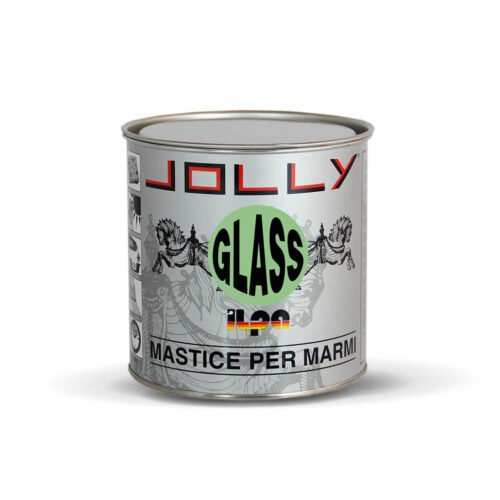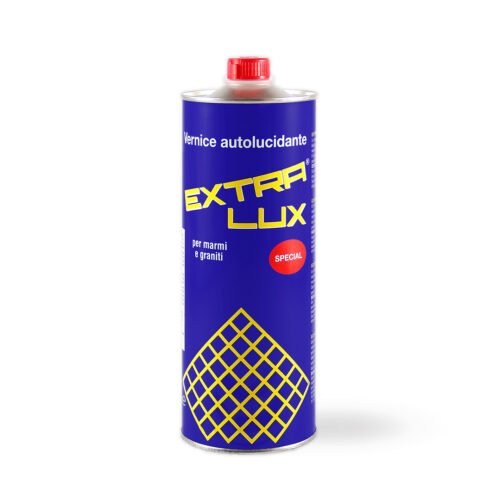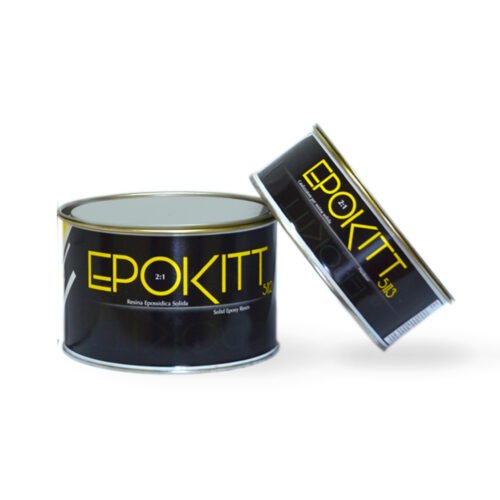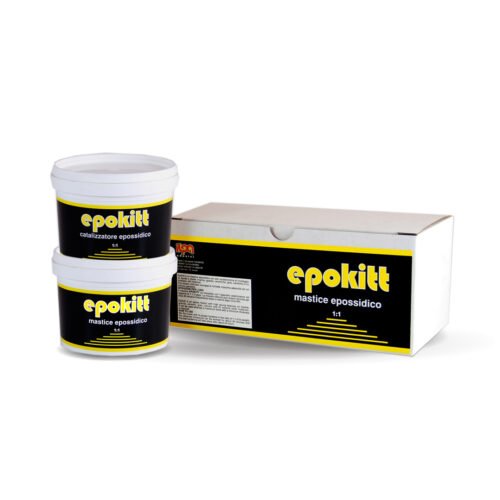WELCOME TO KINGHOME
Get A Free Quote
We will get back to you within 8 hours












KingHome Chemicals manufactures professional floor maintenance chemicals engineered for commercial stone and hard surface care. The product line addresses the specific maintenance requirements of marble, granite, terrazzo, porcelain tile, and polished concrete in high-traffic commercial environments. With eighteen years of formulation experience, the company supplies facility managers, building operations teams, and janitorial distributors with concentrated chemical solutions designed for cost-effective dilution ratios and consistent performance across varying water hardness conditions.
The chemical portfolio includes pH-balanced daily cleaners, alkaline strippers for finish removal, crystallization compounds for marble restoration, penetrating sealers for stain protection, and specialty products addressing calcium deposit removal and efflorescence control. Formulations incorporate surfactant technology that lifts embedded soil without damaging natural stone surfaces or leaving residue that attracts re-soiling. Products maintain compatibility with autoscrubber equipment and floor machine applications common in institutional and commercial facilities.
Primary applications span hospitality properties (hotel lobbies, ballrooms), healthcare facilities (patient corridors, surgical centers), corporate office buildings (elevator banks, reception areas), retail environments (showrooms, malls), and institutional settings (universities, government buildings). The chemical systems support both routine maintenance programs and restoration projects requiring multi-step processes to recover stone appearance and extend service life.
Customer support includes on-site evaluation services, customized maintenance protocol development, and staff training for proper chemical handling and application techniques. The company maintains inventory for rapid fulfillment of emergency orders and scheduled delivery programs that integrate with facility procurement systems. Quality control testing ensures batch consistency and regulatory compliance with OSHA workplace safety standards and EPA environmental regulations.
GET IN TOUCH
A: No, most ordinary cleaners can damage stone flooring. Prioritize stone-specific neutral cleaning agents.
◼️Reasons for damage:
Different stones have varying tolerance levels. For example, marble and limestone (mainly composed of calcium carbonate) react with acidic cleaners (e.g., toilet bowl cleaner, white vinegar, citric acid cleaners), causing surface etching and loss of luster (resulting in "dull marks"). Overly alkaline cleaners (e.g., strong alkaline kitchen degreasers) dissolve the stone’s protective layer, accelerating aging and staining.
◼️Correct selection:
Regardless of the stone type, choose neutral stone-specific cleaners with a pH of 7–8. These products do not damage the stone structure, effectively remove dust and light oil stains, and are compatible with the stone’s surface protectants (e.g., sealers).
A: Cleaning and maintenance are two distinct processes—both are indispensable. Skipping maintenance will shorten the stone’s lifespan.
◼️Key differences:
Cleaning chemicals: Their role is to "remove surface stains" (e.g., dust, footprints, food residues) as part of "daily upkeep." They cannot address the stone’s "inherent protection needs" (e.g., stain resistance, scratch prevention).
Maintenance chemicals: Their role is to "enhance stone performance" (e.g., sealers for stain resistance, polishes for restoring luster, anti-slip agents for safety) as part of "long-term protection." They prevent stain penetration and slow down wear.
◼️Consequences of skipping maintenance:
The stone’s tiny pores will gradually be penetrated by oil, pigments (e.g., coffee, soy sauce), forming "permanent stains." Additionally, the surface luster will quickly fade due to daily friction, leading to obvious aging within 3–5 years.
A: Use stone-specific stain removers based on "stain age" and "stone type." Avoid blind use of strong acid/alkaline products.
◼️Solutions by scenario:
Fresh stains (within 24 hours): First, blot the surface stain with a dry cloth. Then spray a "neutral stone stain remover" (e.g., products containing surfactants), let it sit for 5–10 minutes, and wipe with a damp mop. Repeat 2–3 times to remove the stain.
Old stains (over 24 hours): Use "targeted stain removers"—choose "stone degreasers" (containing enzymes that break down oil) for oil stains, and "stone pigment removers" (containing mild chelating agents) for pigmented stains (e.g., coffee, red wine). For severe stains, use the "wet compressing method": cover the stain with a cotton cloth soaked in the remover, seal it, and let it sit for 12 hours before cleaning.
◼️Precautions:
Never use steel wool, sandpaper, or strong acid stain removers (e.g., hydrochloric acid)—these will scratch the stone surface or etch the stone, causing "secondary damage."
A: Choose between "water-based" and "solvent-based" sealers based on the scenario. Reapplication frequency depends on "foot traffic."
◼️Sealer type selection:
Water-based sealers: Eco-friendly (low VOC content), fast-drying (2–4 hours), and low-odor. Suitable for low-traffic areas with high eco-requirements (e.g., homes, hotel rooms).
Solvent-based sealers: Offer stronger stain resistance and wear resistance. Suitable for high-traffic commercial areas prone to staining (e.g., malls, restaurants, office buildings). Ensure good ventilation (strong odor; allow 24 hours for odor dissipation).
◼️Reapplication frequency:
Residential areas (low foot traffic): Reapply every 1–2 years.
Commercial areas (high foot traffic): Reapply every 6–12 months. (Use the "water drop test" to judge: If a drop of water soaks into the stone within 10 seconds, reapplication is needed.)
A: This is mostly due to "wrong product selection" or "improper operation." Troubleshoot and remedy accordingly.
◼️Common causes and solutions:
Uneven luster: Usually caused by "uneven application" or "inconsistent polishing pressure" when using polish. To fix, reapply a thin layer of the same brand of polish on the less glossy areas, and polish with a polisher (or dry cloth) at a constant speed for 3–5 minutes until the luster is uniform.
Surface white spots: Two scenarios:
If caused by sealer residue: Wipe repeatedly with a neutral cleaner and a damp cloth (residue is common when the sealer is not fully dry).
If caused by cleaner etching: For marble, this may result from accidental use of acidic cleaners. Apply a thin layer of "marble repair agent," let it sit, then polish. Minor etching can be restored; for severe damage, consult professionals for grinding.